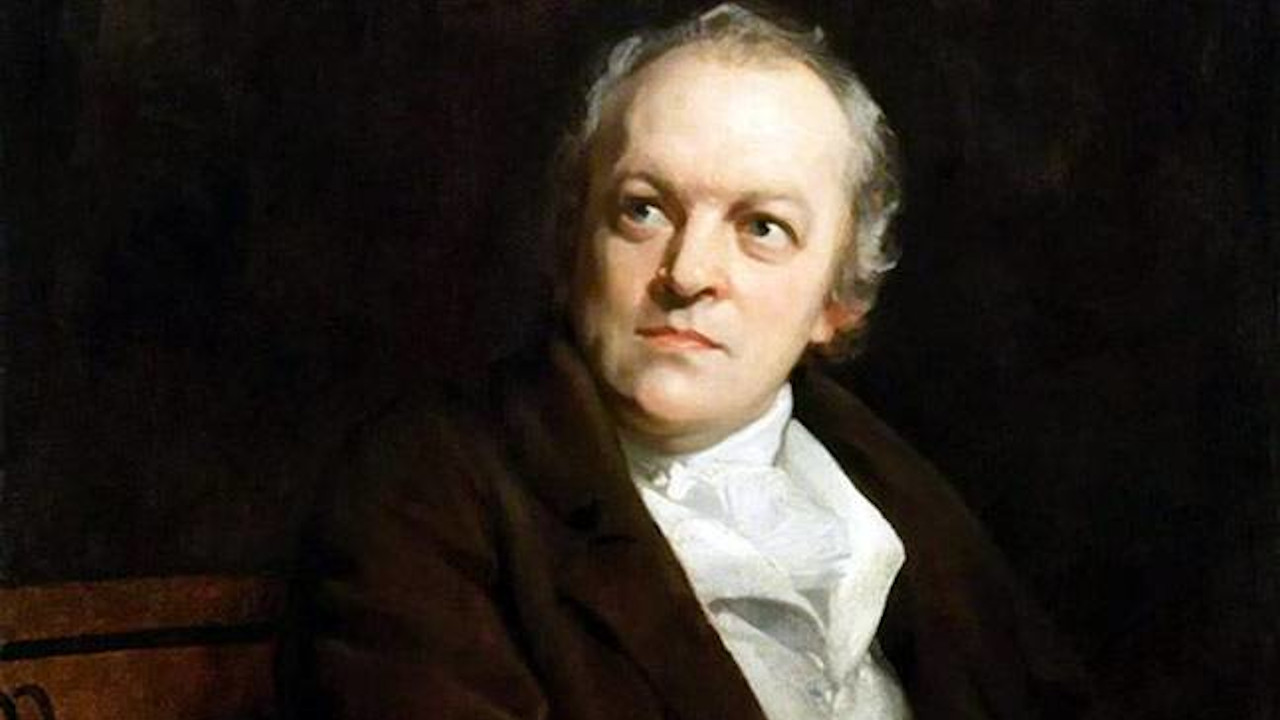Exploring The Mystical World Of William Blake
William Blake was a visionary poet, painter, and printmaker who played a pivotal role in the Romantic Age of the late 18th and early 19th centuries. He was not only a literary genius but also an artist whose works conveyed profound philosophical and spiritual insights. His unique style combined mystical elements with social critique, making him a pioneer in both literature and visual arts. His legacy continues to inspire countless artists and writers, cementing his place in the pantheon of great creators in history.
Born in London, Blake's early life was marked by a series of formative experiences that shaped his creative vision. His imaginative spirit was kindled by the vibrant world around him, which led to a lifelong exploration of the themes of innocence, experience, and the human condition. Blake's works were often misunderstood during his lifetime, but they have since been recognized for their profound depth and innovative qualities. Today, his poetry and art are studied and celebrated all over the world, showcasing his timeless relevance.
In this article, we will delve deeper into the life and works of William Blake, exploring his biography, artistic contributions, and the lasting impact he has had on literature and art. From his early influences to his distinctive style, we will uncover the essence of Blake's creative genius and why he remains a significant figure even centuries after his death.
What is William Blake's Biography?
William Blake was born on November 28, 1757, in London, England. He was the second of seven children in a family that encouraged his artistic pursuits from an early age. Blake's formative years were spent in the bustling streets of London, where he was exposed to the vibrant culture and ideas of his time. He was largely self-taught, absorbing influences from literature, art, and the emerging Romantic movement.
Key Personal Details and Bio Data of William Blake
| Detail | Information |
|---|---|
| Full Name | William Blake |
| Date of Birth | November 28, 1757 |
| Place of Birth | London, England |
| Occupation | Poet, Painter, Printmaker |
| Date of Death | August 12, 1827 |
| Notable Works | The Songs of Innocence and of Experience, The Marriage of Heaven and Hell, Jerusalem |
What were William Blake's Major Works?
William Blake's body of work is diverse, encompassing poetry, illustrations, and paintings. Some of his most significant contributions include:
- The Songs of Innocence and of Experience: A collection of poems that juxtapose the innocent world of childhood with the harsh realities of adult life.
- The Marriage of Heaven and Hell: A philosophical work that explores the dualities of existence, challenging conventional notions of good and evil.
- Jerusalem: An epic poem that reflects Blake's vision of a spiritual and idealized England.
How Did William Blake Influence Literature and Art?
William Blake's influence on both literature and art is profound and enduring. His innovative use of language, imagery, and symbolism has inspired countless writers and artists. Blake's emphasis on personal vision and emotional truth paved the way for future movements, including Symbolism and Surrealism. He challenged the constraints of traditional artistic expressions, advocating for a more personal and expressive approach.
What Themes Are Prominent in William Blake's Works?
The themes in Blake's works are rich and varied. Some of the most prominent include:
- Innocence vs. Experience: Blake frequently explored the contrast between the purity of childhood and the corruption of adulthood.
- Spirituality: His works often delve into the relationship between the divine and the human experience.
- Social Critique: Blake was an outspoken critic of social injustices and the industrial revolution, which he believed dehumanized individuals.
Why is William Blake Remembered Today?
William Blake is remembered for his deep understanding of the human spirit and his ability to articulate complex ideas through both words and images. His unique approach to art and poetry resonates with contemporary audiences, making his works relevant even today. Blake's visionary perspective continues to inspire artists and writers to break free from conventional boundaries and explore their individuality.
What is the Legacy of William Blake?
The legacy of William Blake is evident in the continued study of his works and the influence he has had on subsequent generations of artists and writers. His commitment to expressing the inner workings of the human soul and his rejection of societal norms have made him a symbol of artistic freedom. Blake's impact is felt not only in literature and art but also in philosophy and spirituality, as his ideas continue to provoke thought and inspire creativity.
How Can We Appreciate William Blake Today?
To appreciate William Blake's work today, one can:
- Read his poetry and explore the intricate symbolism within his verses.
- Visit galleries and museums that showcase his art and illustrations.
- Engage with scholarly works and discussions surrounding his contributions to literature and art.
What Can We Learn from William Blake's Life and Work?
William Blake's life and work teach us the importance of individuality, imagination, and the courage to challenge societal norms. His belief in the power of art as a means of personal and social transformation encourages us to embrace our creative impulses. In a world often dominated by conformity, Blake's legacy serves as a reminder to honor our unique perspectives and express ourselves authentically.
Unraveling The Phenomenon Of Russ Westrbook
Exploring The Life And Legacy Of Anwar Sada
Celebrating The Legacy Of Famous Mexicans


